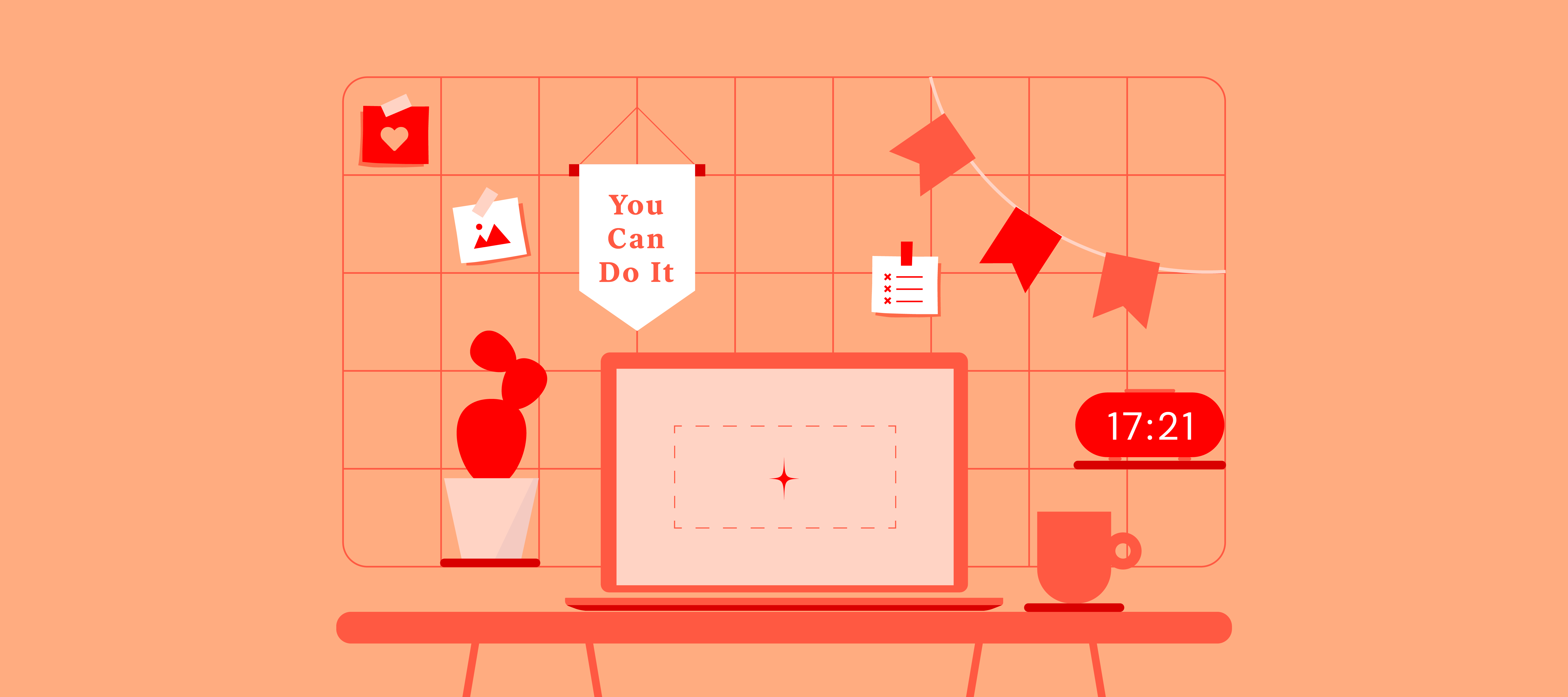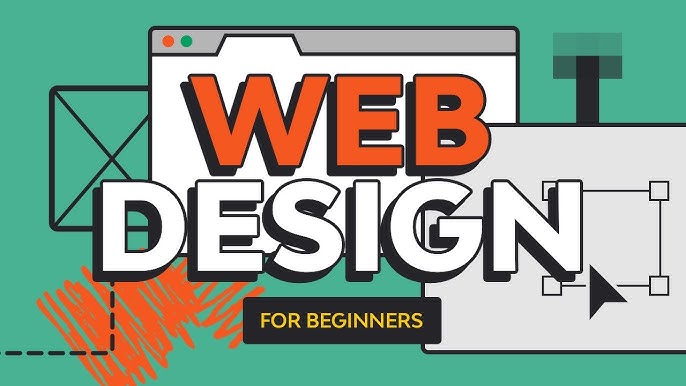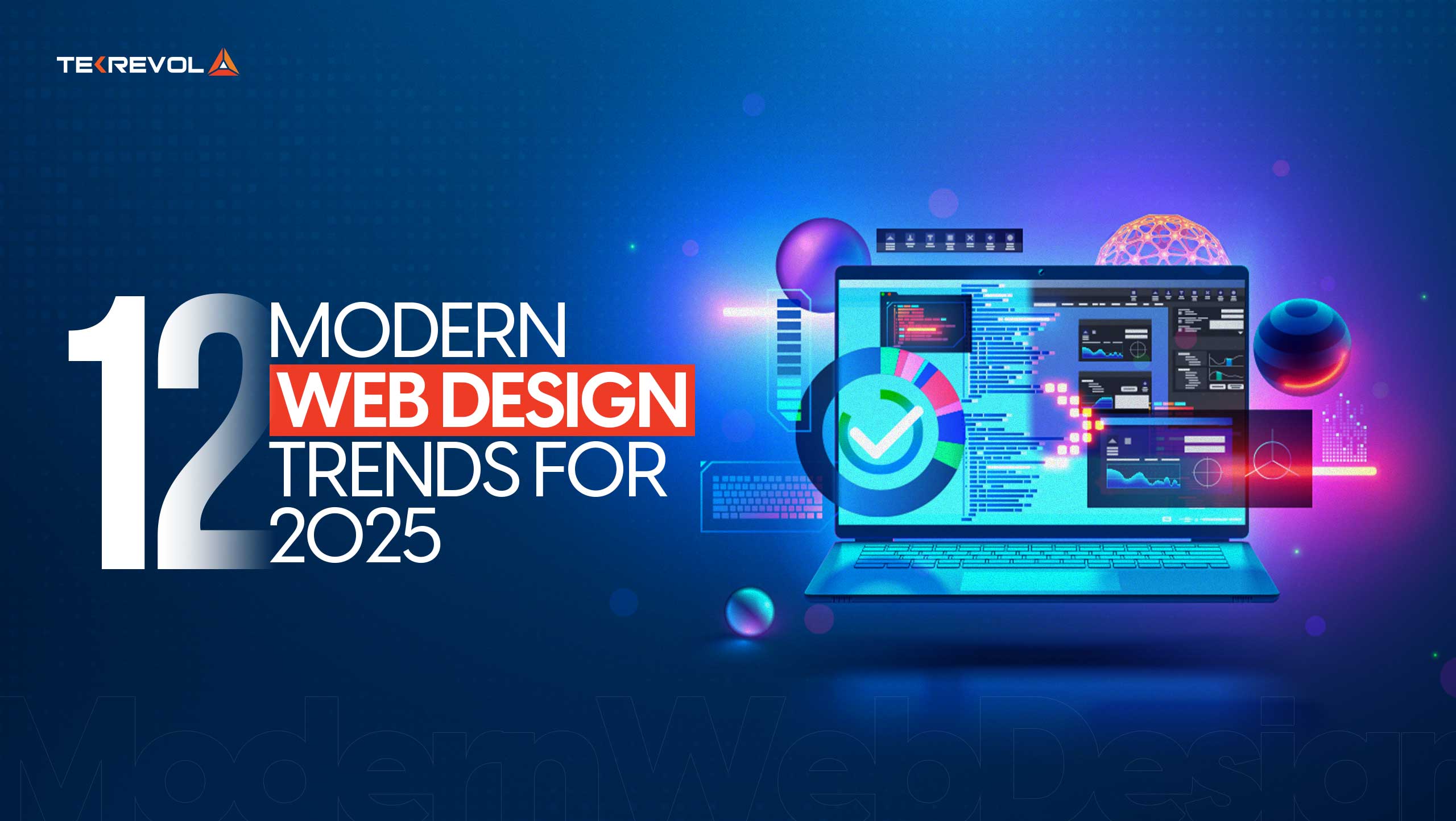Aligned Position Web Design: Perfectly Designed Websites to Capture Your Audience’s Attention
Aligned Position Web Design: Perfectly Designed Websites to Capture Your Audience’s Attention
Blog Article
The Very Best Kinds Of Web Layout to Improve Individual Experience and Involvement
In the ever-evolving landscape of digital communication, the efficiency of Web layout considerably influences individual experience and interaction. Various design techniques, such as minimal, responsive, and interactive layouts, each deal one-of-a-kind benefits that can accommodate varied individual demands. Recognizing which types of website design ideal serve these goals can be essential for companies aiming to improve client complete satisfaction and retention. Nevertheless, the concern continues to be: which layout elements absolutely resonate with customers and foster meaningful interaction? The expedition of these principles discloses critical understandings that might redefine your approach to Web style.
Minimalist Website Design
As digital landscapes end up being significantly chaotic, minimalist Web style has arised as a powerful approach to enhancing individual experience. This style viewpoint focuses on simpleness, focusing on crucial elements while eliminating unneeded interruptions. By using sufficient white space, uncomplicated navigation, and a minimal shade palette, minimal design cultivates quality and directs user attention to essential material.
The core principle of minimal website design is to create a smooth communication for customers. By decreasing cognitive tons, customers can promptly realize info without really feeling bewildered. This straight technique not just boosts use yet also motivates involvement, as site visitors are most likely to discover a website that is visually attractive and easy to browse.
Additionally, minimalist layout often emphasizes typography and imagery, utilizing these components strategically to share messages efficiently. In significance, minimal Web layout is not simply a fad; it is a thoughtful approach that identifies the significance of user-centered style.
Receptive Web Style
In today's diverse digital atmosphere, responsive website design has ended up being important for creating a smooth individual experience throughout a plethora of tools. As individuals accessibility internet sites on smartphones, tablets, laptops, and desktops, the capacity of a website to adapt its format and material to various screen sizes and resolutions is crucial.
Responsive website design employs adaptable grids, pictures, and CSS media questions to guarantee that Web material is provided ideally, despite the tool made use of. This method not only enhances the visual appeal of a website but also dramatically boosts usability. Individuals are extra most likely to engage with a site that uses a regular experience, as it gets rid of the frustration of having to focus or scroll exceedingly.
Moreover, online search engine, including Google, prioritize mobile-friendly sites in search rankings. By taking on responsive style, services can boost their visibility and reach a broader audience. This approach also streamlines internet site upkeep, as a solitary variation of the website can provide to all devices, reducing the requirement for numerous versions. In summary, receptive Web design is an essential method that boosts customer experience, interaction, and overall complete satisfaction.
Interactive Website Design
Receptive Web layout lays the groundwork for boosting customer experience, however interactive website design takes this a step further by involving customers in a much more vibrant way - Aligned Position Web Design. By incorporating elements such as computer animations, clickable prototypes, and real-time comments, interactive Web layout captivates customers, drawing them into a richer browsing experience
This strategy not only cultivates interaction yet additionally urges her response customers to discover material actively as opposed to passively consuming it. Strategies such as gamification, where customers make benefits for finishing jobs, can dramatically improve the moment invested on a website and improve general complete satisfaction. Moreover, interactive functions can simplify complicated information, making it extra digestible and pleasurable.

Integrating interactive layout aspects can likewise cause greater conversion rates, as individuals are more probable to involve with a website that actively involves them. Aligned Position Web Design. Inevitably, interactive website design transforms customer experiences into memorable journeys, click ensuring that site visitors return time and once more
Apartment Layout
Identified by its minimalistic strategy, flat style highlights simplicity and functionality, stripping away unnecessary elements and focusing on vital attributes. This layout viewpoint prioritizes use, making sure that individuals can browse interfaces easily and performance. By utilizing a tidy aesthetic, flat design eliminates the mess typically found in extra luxuriant designs, thus enhancing individual concentrate on content and performance.
The characteristic of flat style hinges on its use of strong shades, basic typography, and geometric forms. These components add to a visually appealing user interface that is both modern-day and approachable. Furthermore, level design cultivates a feeling of quality, enabling customers to recognize vital activities and information without interruption.
In addition, level design is especially effective in receptive website design, as its simpleness translates well throughout various gadgets and screen sizes. The absence of complex appearances and slopes lessens packing times, which is critical for keeping customer engagement. As electronic landscapes remain to advance, level style remains a relevant choice for producing straightforward web sites that improve total experience. By concentrating on important features, flat design not only meets individual demands yet additionally motivates seamless communication, making it an important component of reliable website design approaches.
Flexible Website Design
Adaptive Web style personalizes the customer experience by creating multiple taken care of designs tailored to various screen sizes and gadgets. Unlike responsive layout, which fluidly changes a solitary design, flexible style utilizes distinct formats for specific breakpoints, ensuring optimal presentation on different platforms. This technique enables designers to concentrate on the one-of-a-kind features of each tool, improving functionality by providing precisely what individuals need based on their context.
Among the key advantages of adaptive Web style is its capability to enhance tons times and efficiency. By serving click to find out more tailored content and pictures that fit the individual's tool, web sites can reduce data use and boost loading speeds. This is specifically useful for users with slower connections or limited data strategies.

Additionally, adaptive design assists in a more regulated and constant branding experience. Given that designers produce multiple formats, they can make certain that the visual aspects line up with the brand name's identification throughout different systems - Aligned Position Web Design. This results in a cohesive individual experience, improving interaction and promoting customer retention
Verdict
Minimal style fosters clarity and focus, while receptive layout ensures flexibility across numerous gadgets, promoting accessibility. Jointly, these design comes close to contribute to the production of straightforward atmospheres that not just improve fulfillment but likewise drive higher conversion prices, underscoring their important significance in contemporary Web style approaches.

Minimalist layout fosters clarity and emphasis, while receptive style makes sure flexibility across numerous tools, advertising ease of access. Jointly, these design comes close to contribute to the creation of easy to use settings that not only boost contentment however also drive greater conversion prices, emphasizing their essential value in contemporary Web layout strategies.
Report this page